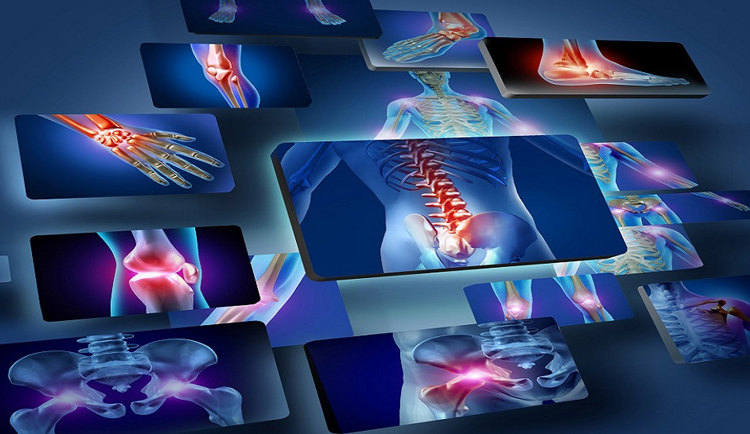
One of the main concerns I have as a physiotherapist is how people move their body when they are doing normal day to day activities. A Movement Impairment is how you would move your joint – for example your knee – in a “poor” way. This could be causing or creating a problem (such as pain or injury) in your future or right now. An example of a movement impairment would be when you squat, and your knees come together as you move downwards. This is putting stress through your knee joints and could be why you have knee pain or lead to knee pain in the future.

So why should you fix these movement impairments? To prevent further damage from happening in your joints!! If you continued to move poorly, the joints of your body will eventually start to show “damage/degeneration” from the wear and tear you place on them. For example, if you are climbing up and down stairs and your knee has a wobble from side to side, this wobble is happening in the inside of the knee joint as well. If this wobble continues, eventually the inside of your knee (i.e.: cartilage) will wear away. This is could lead to degenerative problems such as osteoarthritis of the knee.
Even if you do not have “pain”, you may have a movement impairment that could be fixed. Fixing this movement impairment, should help you keep away from joint replacement surgeries (i.e.: total knee/hip replacement) in the future. If you have already had a joint replacement, changing your movement impairments will help the replacement joint last longer and help
decrease stress on the other joints. In short, you do not need to have pain to come in and see me and do a Movement Analysis of your body. A personalize treatment plan will be given to help address YOUR impairments with exercises and stretches for home and in the clinic.
